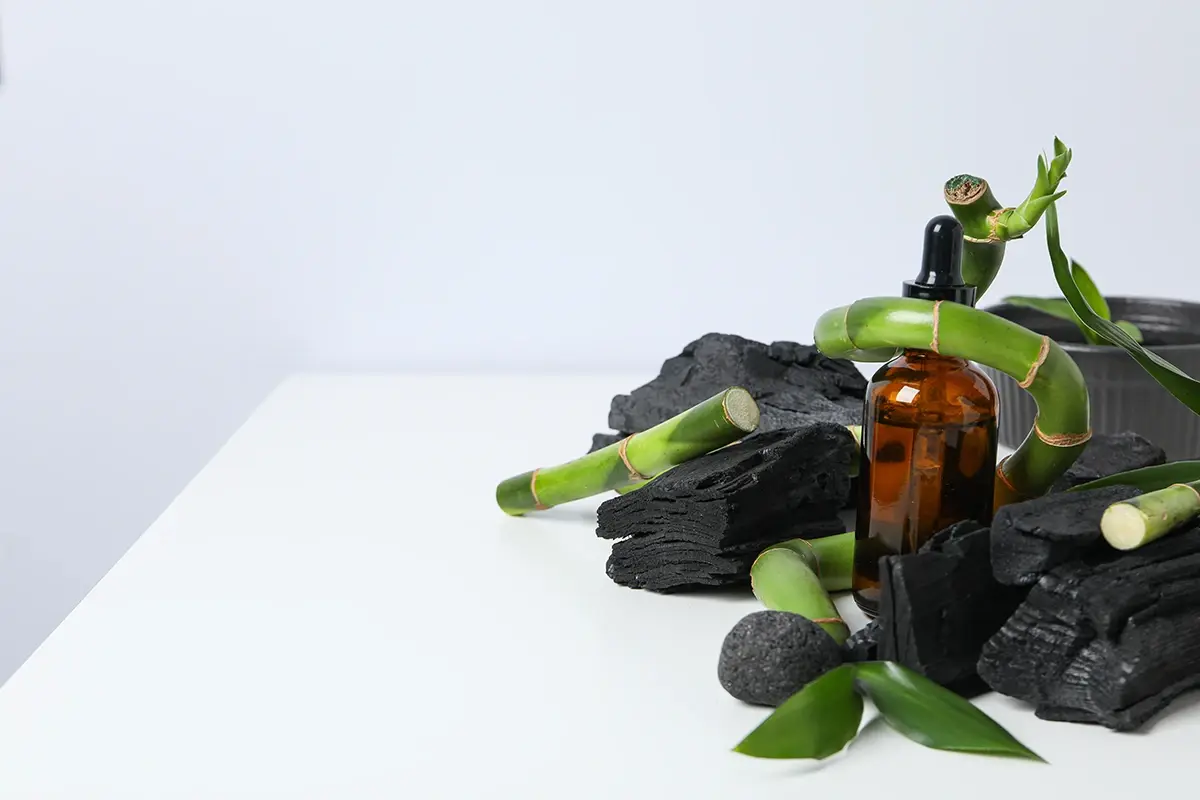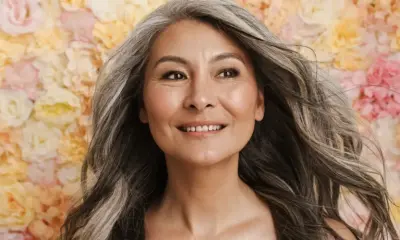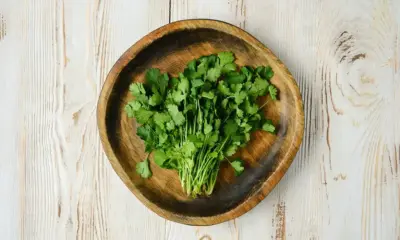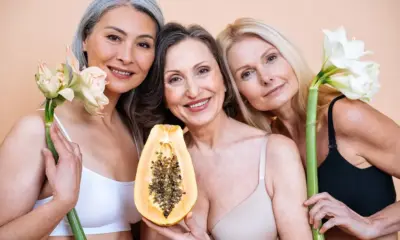Packaging & Processing
Bamboo vacuolar extract for reducing hair loss
Hair plays a crucial role in defining our individuality; it frames our face and showcases our personal style.

Many people invest considerable effort into their hair’s appearance, recognizing that it greatly influences the first impression we create on others.
Throughout history, hair has been a clear marker of social identity. Consider the vibrant hairstyles of punk culture, the dreadlocks representing Rastafarian beliefs, the lavish hairdos of Marie Antoinette, or Cleopatra’s iconic cut, which remains celebrated even after thousands of years.
The biblical tale of Delilah cutting Samson’s hair illustrates the deep symbolism tied to hair loss. In modern times, career resources provide guidance on appropriate hairstyles for application photos and interviews, while magazines explore the subconscious signals our hairstyles convey.
However, hair serves a purpose beyond aesthetics; it also protects the scalp from trauma, UV radiation, and harmful external agents like bacteria and microbes. This protective function helps prevent pollutants from coming into contact with the scalp.
Hair Anatomy
Hair strands develop from hair follicles, which penetrate the dermis from the epidermis. The visible hair shaft emerges from the scalp, while the hair root is anchored within the follicle below the skin’s surface. Surrounding the hair papilla—comprised of connective tissue and containing blood vessels and nerve endings—is the hair bulb.
Within the hair bulb, new cells continuously form, adhering to each other and hardening. As these new, hardened cells attach to those beneath, the hair is gradually pushed out of the skin. On average, hair grows approximately 1 cm per month.
As long as new cells keep developing in the hair bulb, the hair continues to grow. Typically, about 90% of a person’s hair is in this growth phase at any given time. When this phase concludes, the hair root detaches from the papilla, blood supply ceases, and the hair is eventually pushed out and lost. This resting phase can last several months before new hair cells begin to multiply in the “empty” follicle, restarting the hair growth cycle.
Since hair constantly transitions between resting and shedding phases, individuals naturally lose hair. A healthy adult may lose about 70 to 100 strands daily, but this loss is often imperceptible due to continuous regrowth.
Certain times of the year, particularly spring (April-May) and autumn (October-November), may see increased hair loss, known as seasonal shedding. Various factors, including hormonal changes, stress, and climate, contribute to this phenomenon.
While seasonal hair loss is typically a normal part of the hair replacement process and lasts only a few weeks, concerns arise when hair loss becomes more pronounced and does not resolve naturally.
The state of the scalp significantly impacts hair quality. Biochemical alterations in proteins and lipids have been noted in hair from unhealthy scalps. Observations suggest that premature hair loss may stem from scalp health issues, which can weaken the anchoring of hair fibers to the follicle.
Innovacos has introduced Plant C-Stem™ Bamboo (INCI: Glycerin, Water, Phyllostachys Pubescens Meristem Cell Lysate), referred to as bamboo vacuolar extract. This active ingredient is being explored as a solution for reducing hair loss.
Bamboo vacuolar extract is derived using advanced techniques that selectively extract the vacuole content from bamboo stem cells at low temperatures, without using solvents or enzymes, ensuring the maximum biological potential of the bamboo is preserved. The vacuole serves as a vital plant organelle, storing essential bioactive components for growth and repair. This makes the plant cell vacuole extract akin to a plant “serum.”
The specific bamboo species utilized for this extract is Phyllostachys pubescens, renowned as the giant bamboo. Under optimal conditions, this plant can grow up to 30 meters tall and 30 cm in diameter, with daily growth rates reaching up to 1 meter. Remarkably, after being cut, bamboo can regrow from its roots up to 60 times without needing to be replanted. Its rods are valued in construction for their strength and flexibility, largely due to their high silicon content.
Recognizing these characteristics, Innovacos has harnessed the properties of the Phyllostachys pubescens plant “serum” to create an ingredient vital for reducing hair loss and enhancing hair density. Bamboo vacuolar extract is integral for reducing hair loss.
In Vitro Studies
Elastin and collagen fibers are essential components of the dermis, providing skin elasticity and supporting tissue firmness. These molecules hydrate the scalp, preventing dehydration and aiding in hair structure regeneration. A healthy scalp is crucial for healthy hair growth.
To assess the quantity of type I collagen in human dermal fibroblasts, a commercially available kit (Takara Bio, Japan) was employed. This kit detects procollagen type I carboxy-terminal peptide (PIP) using polyclonal antibodies instead of directly measuring collagen.
Fibroblast cells were incubated with or without the bamboo vacuolar extract for 48 hours, after which the culture supernatants were harvested and analyzed with a sandwich immunoassay kit, following the manufacturer’s instructions. The measurements were performed at 450 nm, indicating that the bamboo vacuolar extract enhances collagen synthesis in a dose-dependent manner.
Elastase, the enzyme responsible for breaking down elastin, was also examined. Low elastin levels correlate with reduced mechanical properties in connective tissue. The activity of elastase was analyzed using a specific substrate, measuring the release of -nitroaniline at 410 nm. The reaction mixture was pre-incubated for ten minutes before substrate addition, and the change in absorbance was noted.
The bamboo vacuolar extract demonstrated a dose-dependent inhibitory effect on elastase activity, promoting better skin elasticity.
Glycation affects all living cells when excess glucose molecules attach to collagen and elastin fibers, forming advanced glycation end-products (AGE). Young collagen and elastin are cross-linked for optimal firmness and flexibility. However, glycated fibers lose functionality, becoming stiff and brittle.
To evaluate glycation effects, albumin was incubated with glucose in the presence of the bamboo vacuolar extract. The reaction was halted with trichloroacetic acid, and the fluorescence intensity of glycated bovine serum albumin was measured. The bamboo vacuolar extract was found to reduce glycated protein formation in a dose-dependent manner, maintaining the elasticity and flexibility of collagen and elastin fibers.





















